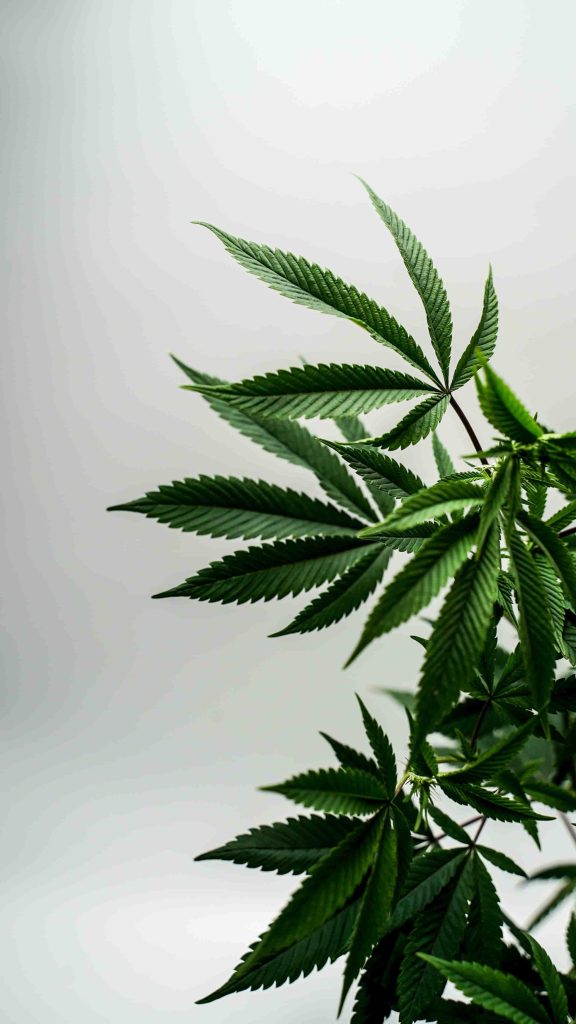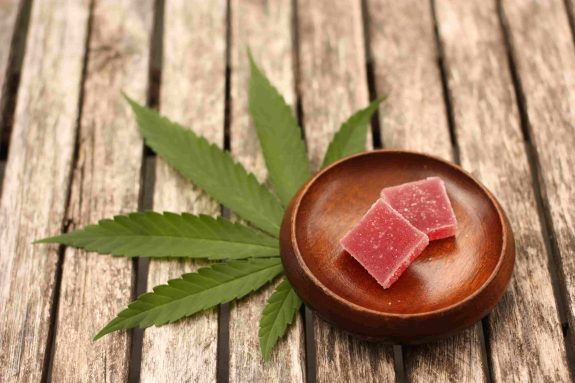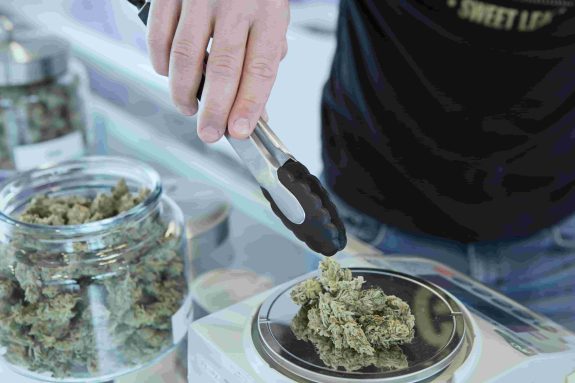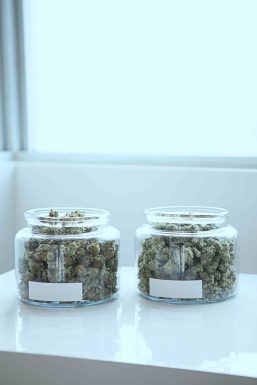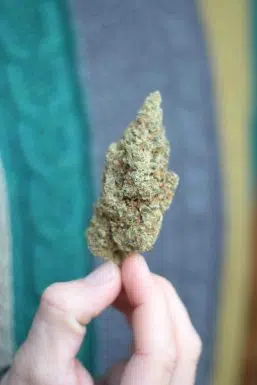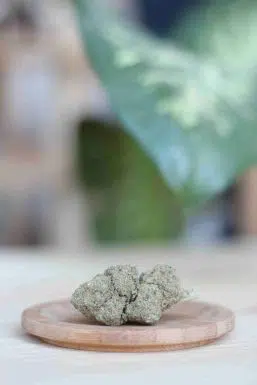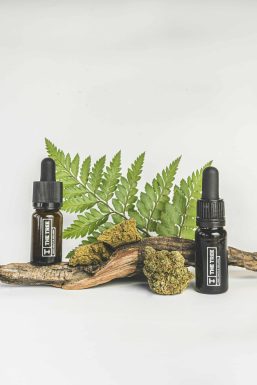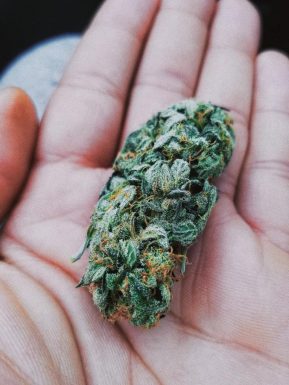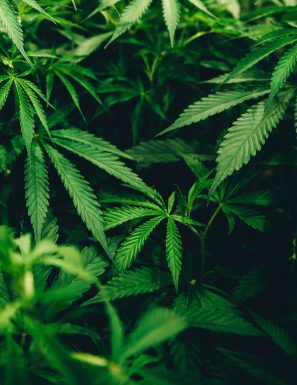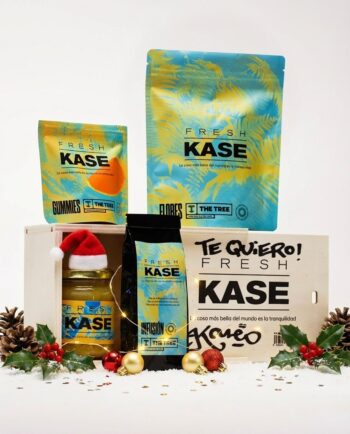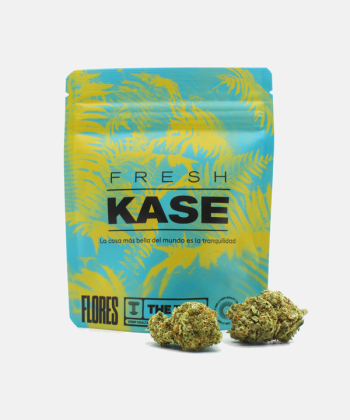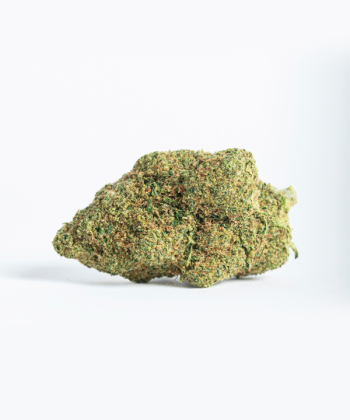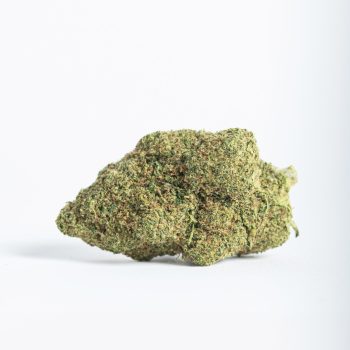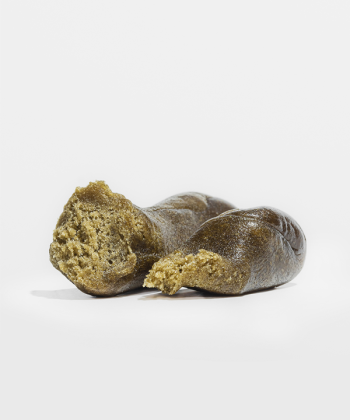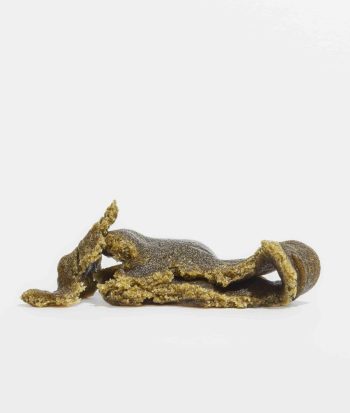

Frequently asked questions about what CBG is
How do you take CBG?
There are many products that contain this cannabinoid. CBG oil, for example, is very similar to CBD oil, and can be used in the same way. These oils can also be combined to achieve a synergistic effect of both cannabinoids.
Moreover, both CBG-rich flowers and CBG hash are also very popular products in countries where the consumption of these products is legal. In Europe, they’re sold for use as collectibles or for aromatherapy purposes. Therefore, any other form of use would be considered misuse.
How is the CBG dosage calculated?
The suitable CBG dosage for each user depends on a number of factors, such as intended use, the user’s weight, the type of CBG product, etc. It’s best to follow the same recommendations for the consumption of this cannabinoid as for CBD.
Thanks to our CBD dosage calculator, you can find out the optimal amount of CBG for any specific case.
Is CBG legal?
As with CBD, there’s no law specifically prohibiting its use. However, as you probably know, any cannabis derivative has a legal THC limit, which in most European countries is around 0.2%.
Therefore, CBD products are legal as long as they don’t exceed this limit. However, not all forms of CBD consumption are legal in all countries. In Europe, for example, hemp flowers, regardless of whether they contain CBG or CBD, can’t be consumed, as they can only be collected or used for aromatherapy purposes.


